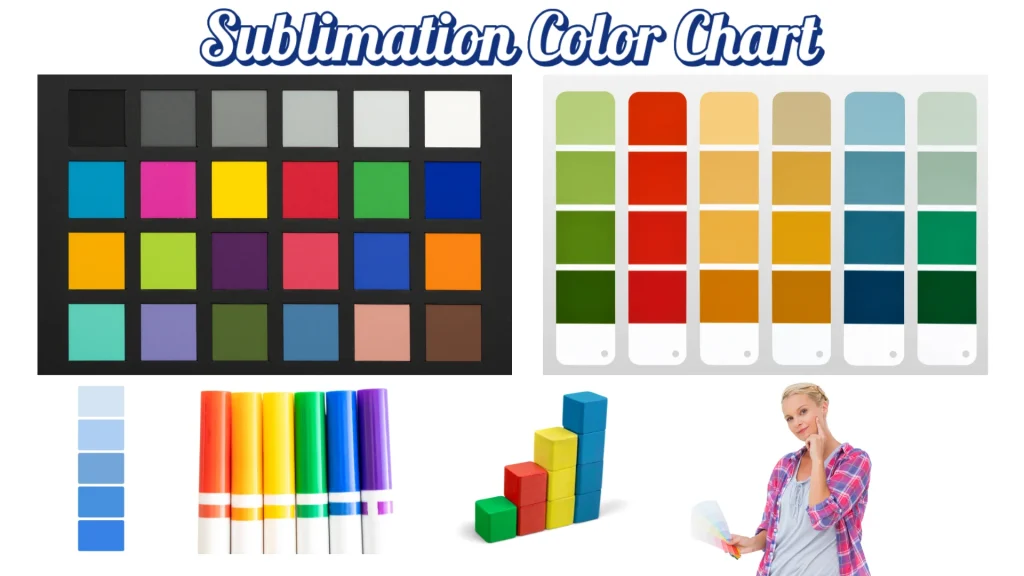Substrate
Find out how the Substrate Compatibility Checker Calculator has changed sublimation printing. Use this essential tool to ensure that your materials match your creative vision, reduce waste, and achieve flawless results.
Sublimation printing requires choosing the right substrate, similar to finding the perfect canvas for a masterpiece.
It’s hard to imagine the frustration of an artist discovering that their chosen canvas repels paint instead of holding it. Similarly, sublimators need help with their designs and the effort they spend on incompatible materials.
The industry wastes over 30% of materials due to incorrect substrate selection, according to statistics. We present the Substrate Compatibility Checker Calculator for Sublimation, a tool that is designed to eliminate guesswork, reduce waste, and ensure that your creations are brought to life as planned.
Substrate Compatibility Checker Calculator
Subli Genius Print has developed the Substrate Compatibility Checker Calculator, a user-friendly online tool designed to guide you through selecting the perfect substrates for your projects.
🖨️ Advanced Substrate Compatibility Analyzer
📋 Analysis Report
Step-by-Step Guide to Using the Compatibility Checker
1. Access the Tool
➊ Navigate to the compatibility checker interface
➋ Review the three dropdown menus labeled:
- 🎨 Material Type
- 🖌️ Ink Type
- 🎯 Desired Outcome
2. Select Your Parameters
A. Choose Material
▸ Click the Material Type dropdown
▸ Select from options like:
- Polyester Fabric
- Ceramic Surface
- Metal Sheet
- Wood Panel
B. Select Ink Type
▸ Open the Ink Type dropdown
▸ Pick appropriate ink technology:
- Sublimation Ink (for synthetic materials)
- UV-Curable Ink (for rigid surfaces)
- Reactive Dye (for natural fibers)
C. Define Objective
▸ Choose your priority from Desired Outcome:
- Vibrant Colors (photographic quality)
- Long-term Durability (outdoor use)
- Cost Efficiency (budget projects)
3. Initiate Analysis
▸ Click the 🔍 Analyze Compatibility button
▸ Observe the loading spinner while the system:
- Cross-references material properties
- Analyzes ink chemical composition
- Evaluates outcome feasibility
4. Interpret Results
A. Compatibility Score
- 90-100% (Green): Ideal combination
- 75-89% (Orange): Requires adjustments
- Below 75% (Red): Not recommended

B. Review Detailed Report
- ✅ Strengths: Optimal performance aspects
- ⚠️ Considerations: Potential limitations
- 💡 Recommendations: Expert optimization tips
C. Visual Feedback
- Watch the animated progress bar fill to your score
- Note color changes indicating risk levels
Understanding Sublimation Printing and Substrate Compatibility
Sublimation printing has revolutionized the custom apparel and merchandise industries, allowing for vibrant, full-color designs that last. However, its success hinges on the compatibility of substrates, or materials, with the sublimation process.
The Essential Materials Guide for Sublimation Success
- Polyester fabrics: Ideal for vibrant clothing and accessories.
- Ceramic mugs: Coated with a special polymer for image clarity.
- Aluminum sheets: For durable and stunning photo panels.
- Avoid materials like 100% cotton, which do not retain sublimation ink.
Advanced Insights for Professional Sublimation
- Technical considerations: Understanding your substrate’s polymer content and heat resistance can enhance print quality.
- Optimizing settings: Adjust your printer’s temperature and pressure settings based on the substrate.

Sustainability in Sublimation Printing
Sustainability is paramount in reducing the environmental impact of sublimation printing. The Compatibility Checker aids in selecting eco-friendly substrates, such as:
- Recycled polyester fabrics
- Biodegradable phone cases
Unlock the full potential of your sublimation projects with our easy-to-use calculator apps. Click now and elevate your printing game!

Conclusion
Understanding substrate compatibility is crucial for achieving high-quality sublimation prints. With Subli Genius Print’s Substrate Compatibility Checker Calculator, you can make informed decisions, ensuring your creative vision is realized without compromise. How will mastering substrate compatibility transform your sublimation projects?
Take the guesswork out of your next sublimation project. Try the Substrate Compatibility Checker Calculator today and share your success stories or questions below. Follow Subli Genius Print for more insights into making your sublimation projects stand out.